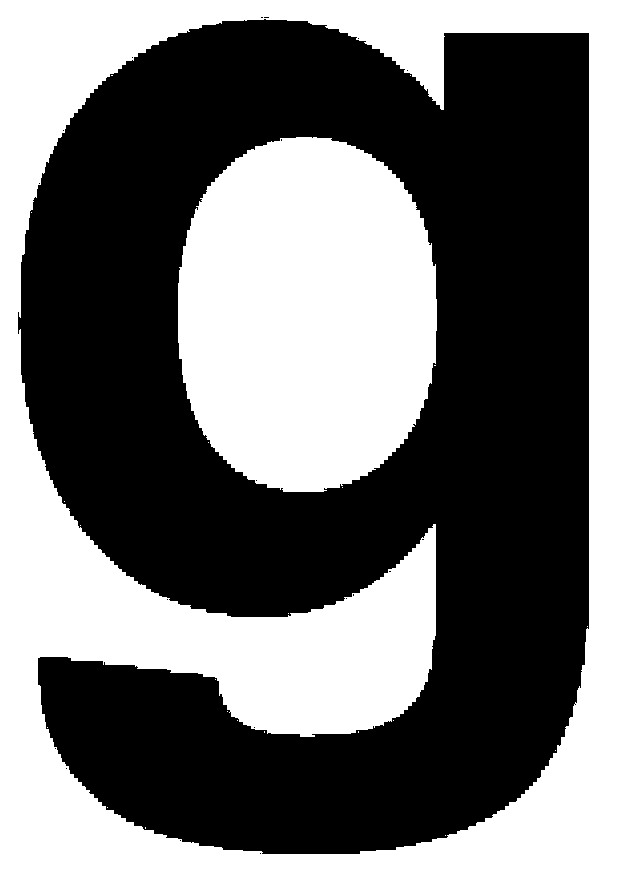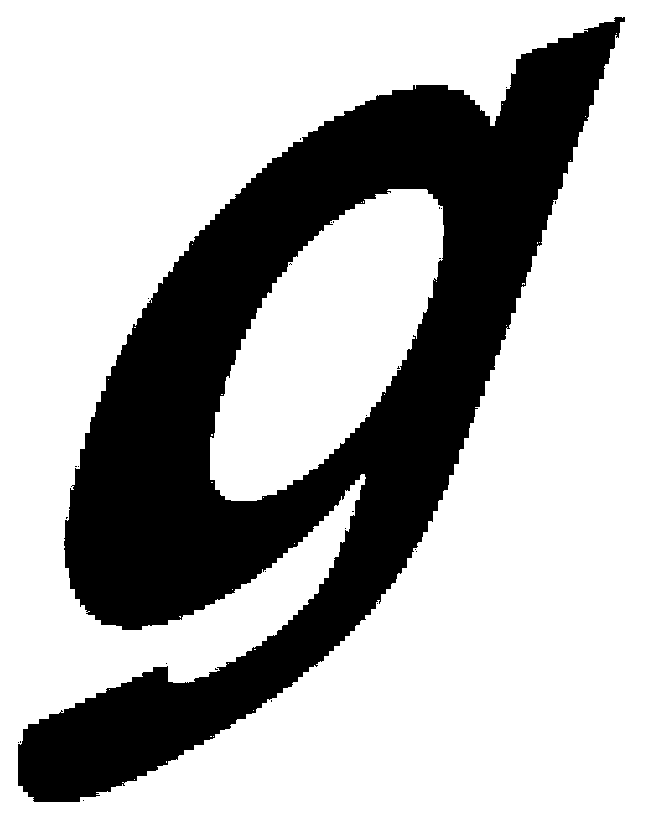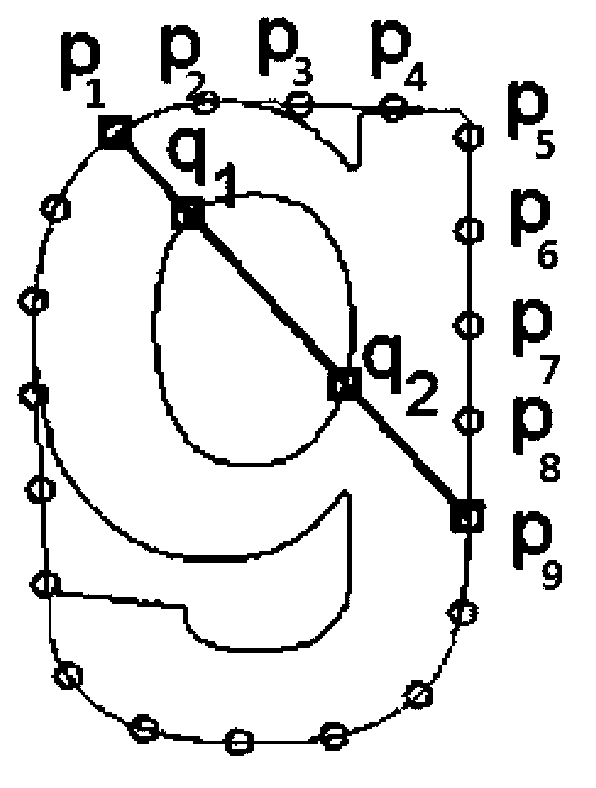Method for recognizing character based on affine invariant
An affine invariant, symbol recognition technology, applied in character and pattern recognition, instruments, computer parts, etc., can solve the problems of unrecognized symbols, lack of similar symbols discrimination, inappropriate symbol recognition, etc., to achieve high recognition rate effect
- Summary
- Abstract
- Description
- Claims
- Application Information
AI Technical Summary
Problems solved by technology
Method used
Image
Examples
Embodiment Construction
[0037] In order to make the object, technical solution and advantages of the present invention clearer, the present invention will be further described in detail below in conjunction with the accompanying drawings and specific examples. These examples are illustrative only and not limiting of the invention.
[0038] 1. Read in a symbol image, such as the character "g" in Figure 1. Use the canny edge detection algorithm to extract the outline of the symbol, and then extract the convex hull of the symbol on this basis. Using the uniform sampling method, extract 20 sampling points on the convex hull, marked as p 1 ,p 2 ,...,p 20 , as shown in Figure 2, the circles are sampling points on the convex hull.
[0039] 2. Take any sampling point, such as p in Figure 1 1 as an example, and calculate its p with other sampling points as shown in Figure 2 9 The point of intersection q between the connected lines and the outline of the symbol 1 ,q 2 Constituted feature ratios, as in ...
PUM
 Login to View More
Login to View More Abstract
Description
Claims
Application Information
 Login to View More
Login to View More - R&D
- Intellectual Property
- Life Sciences
- Materials
- Tech Scout
- Unparalleled Data Quality
- Higher Quality Content
- 60% Fewer Hallucinations
Browse by: Latest US Patents, China's latest patents, Technical Efficacy Thesaurus, Application Domain, Technology Topic, Popular Technical Reports.
© 2025 PatSnap. All rights reserved.Legal|Privacy policy|Modern Slavery Act Transparency Statement|Sitemap|About US| Contact US: help@patsnap.com



